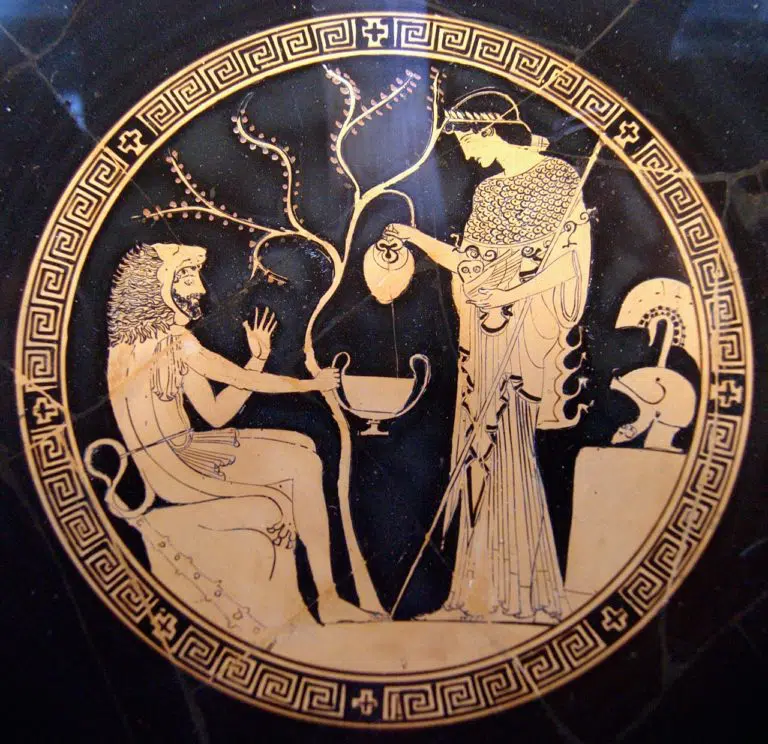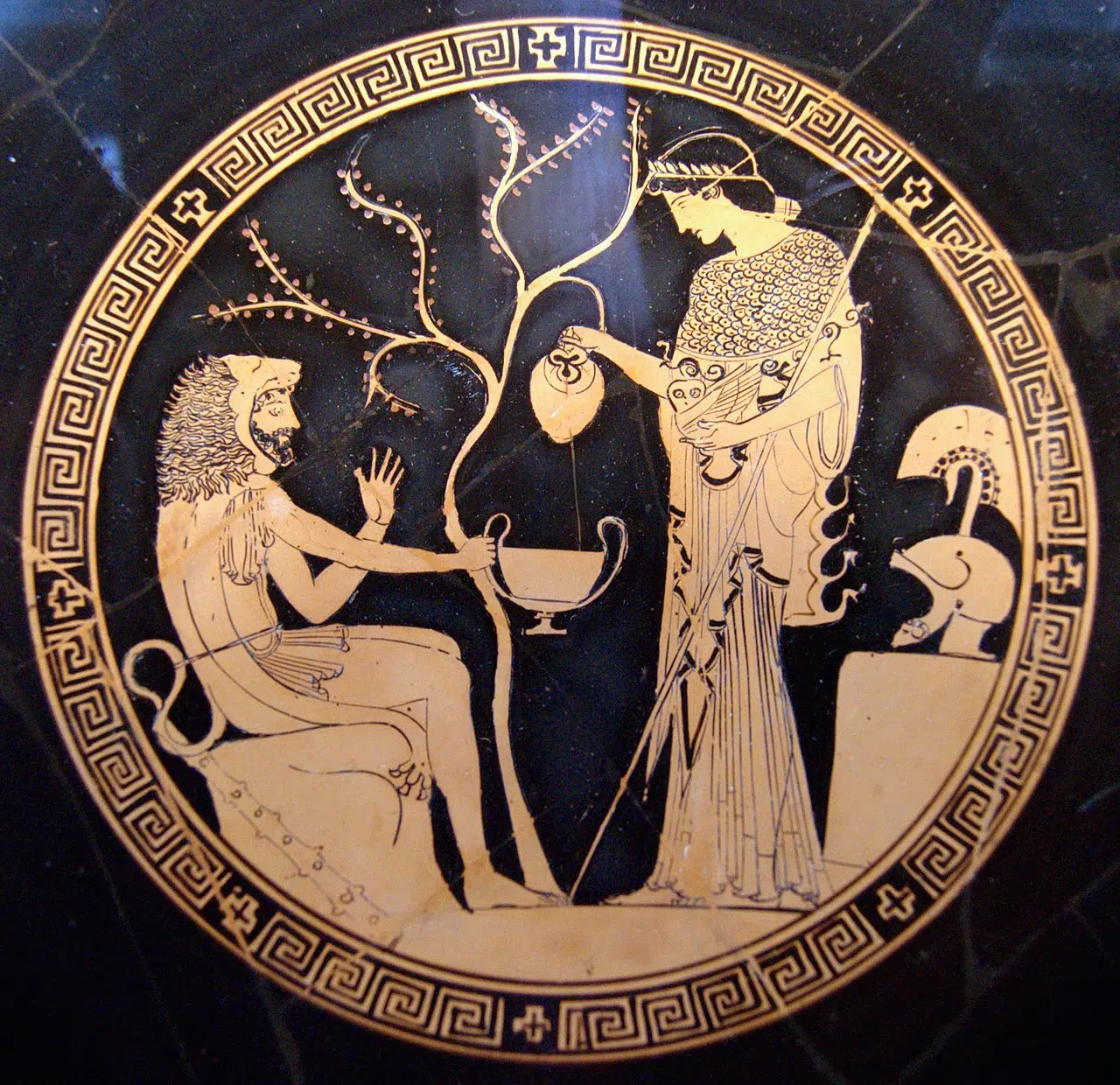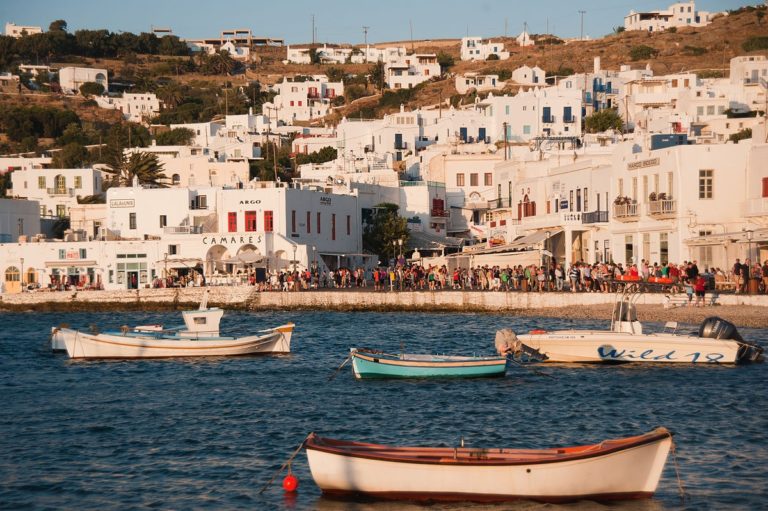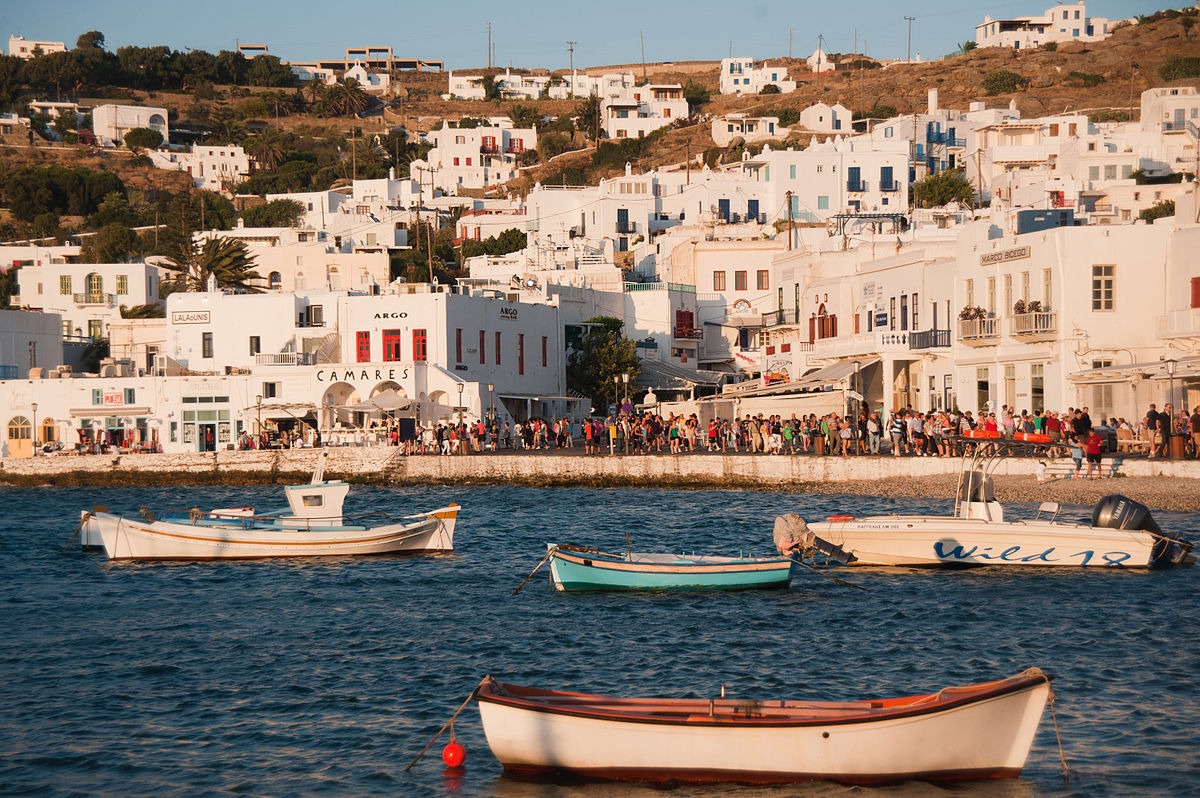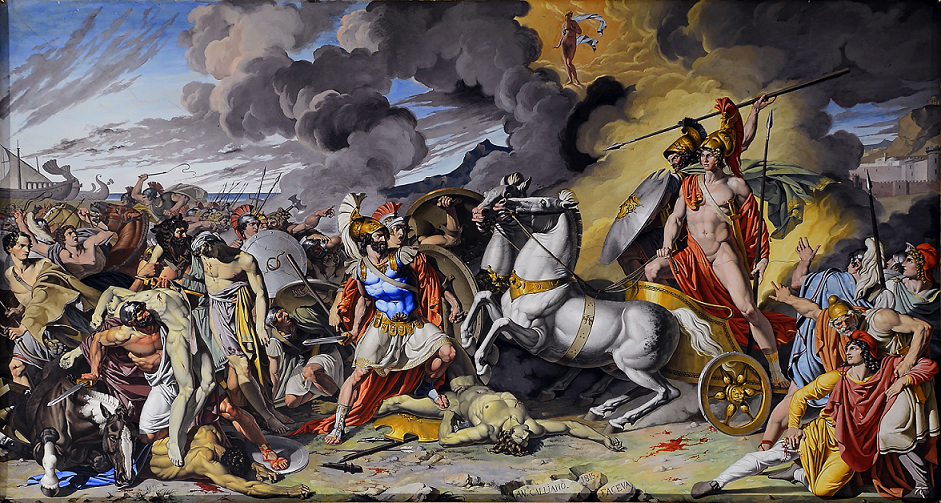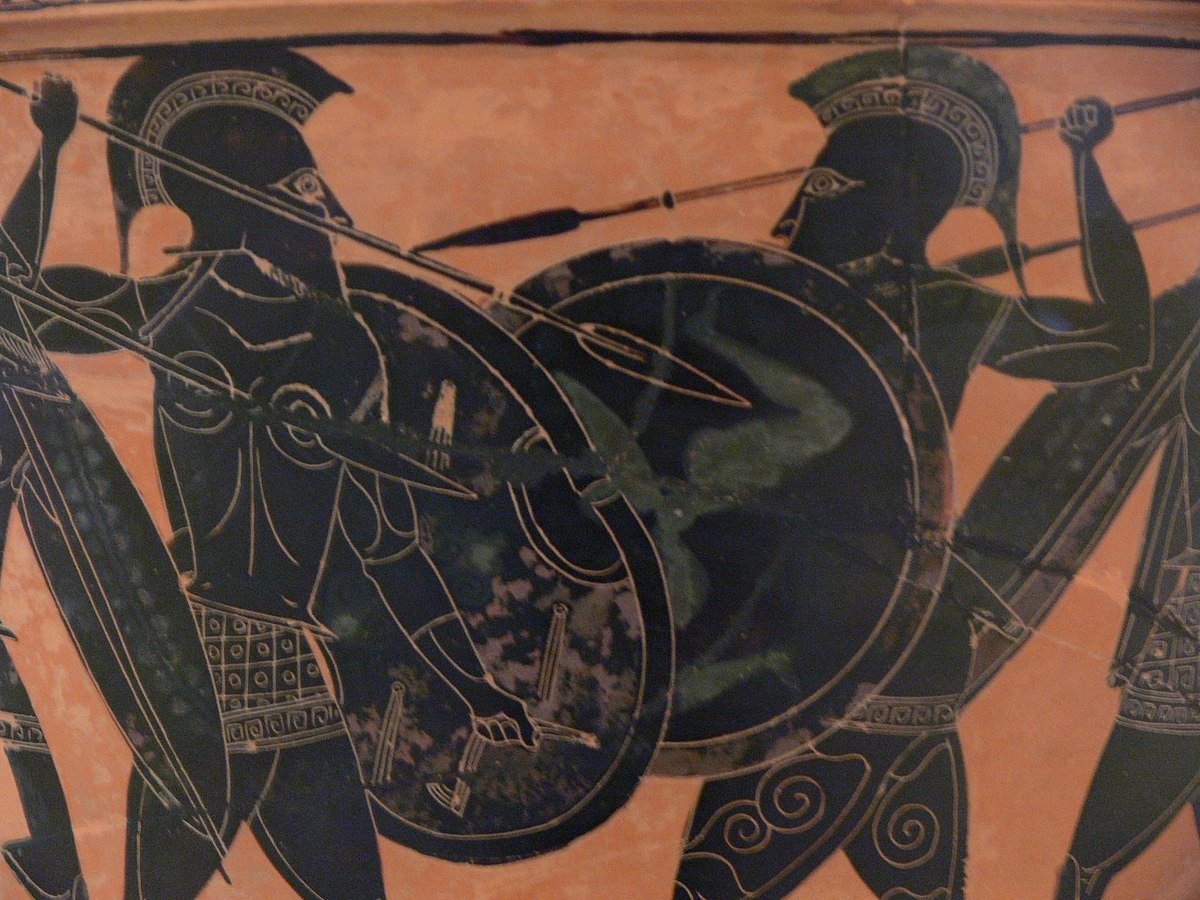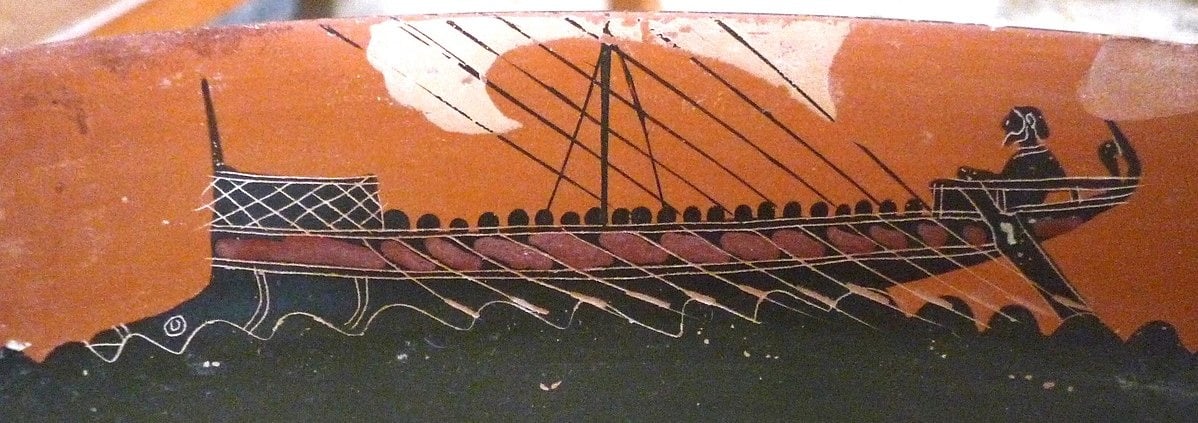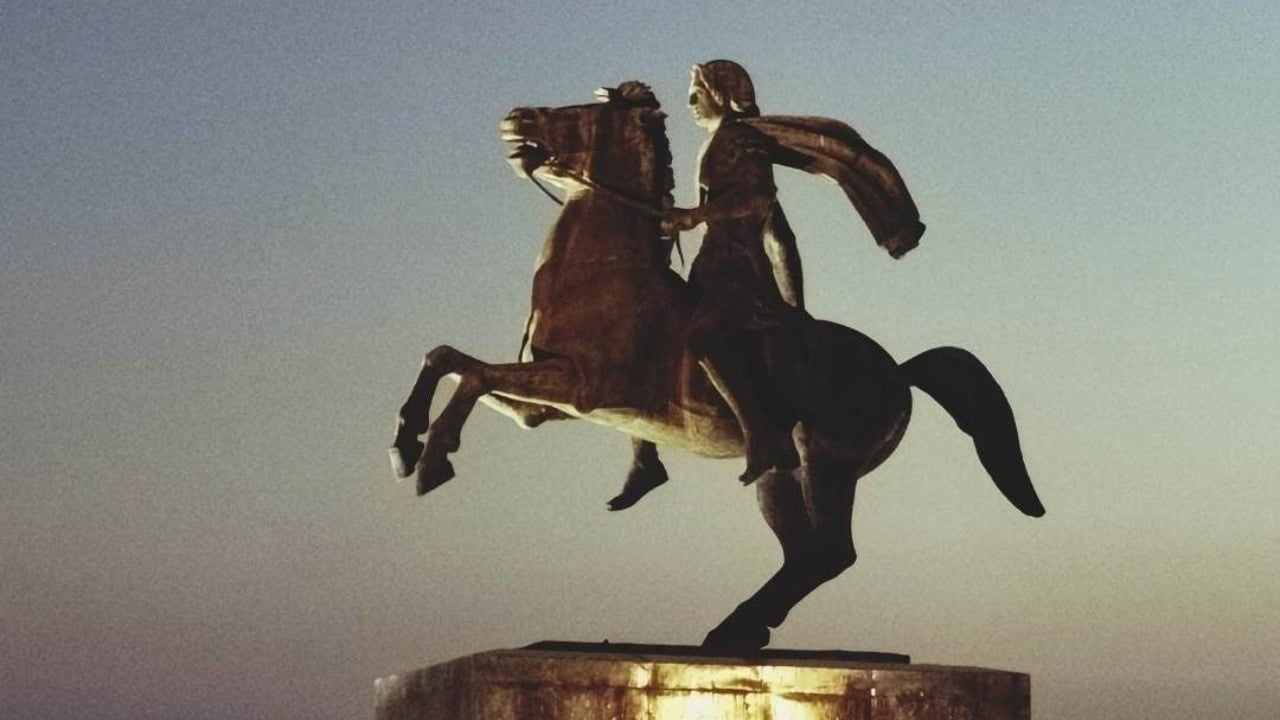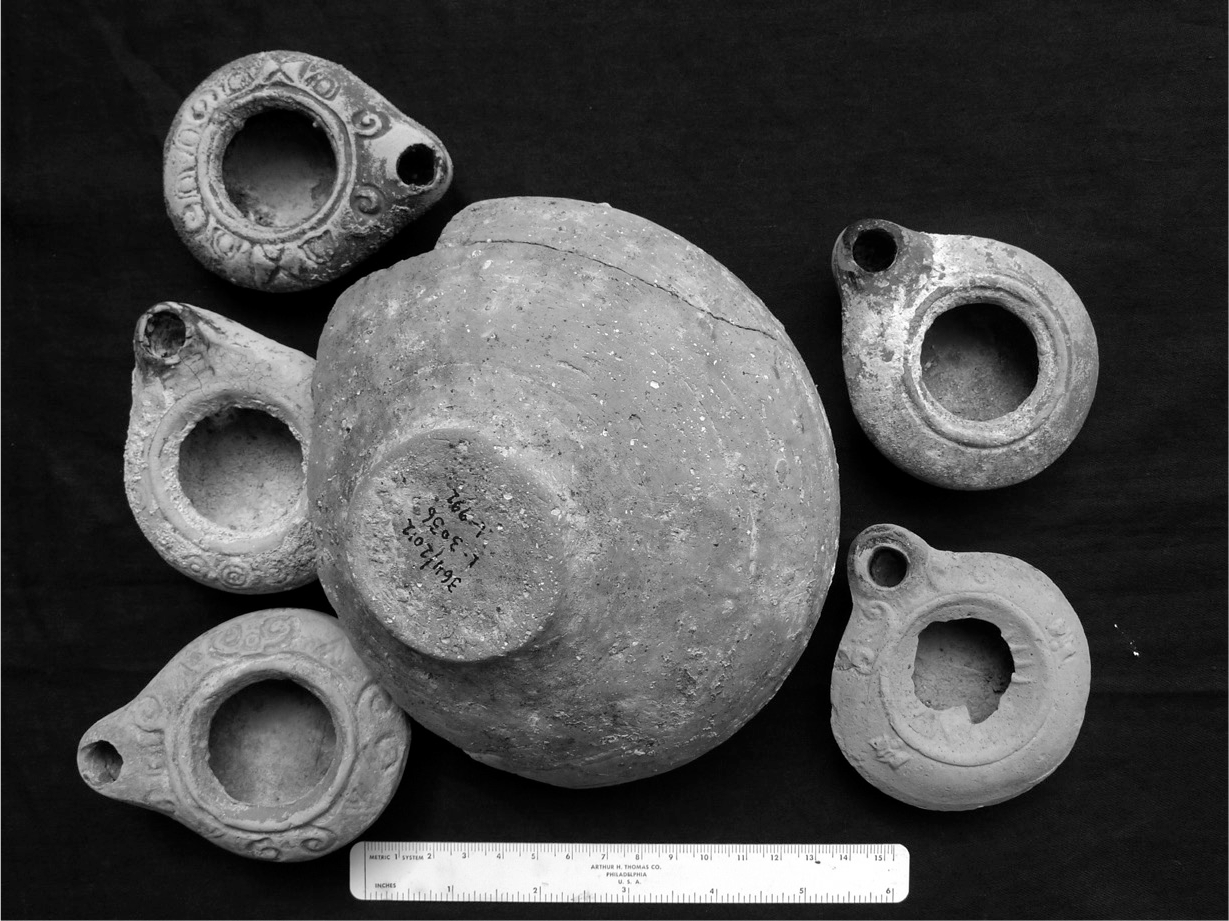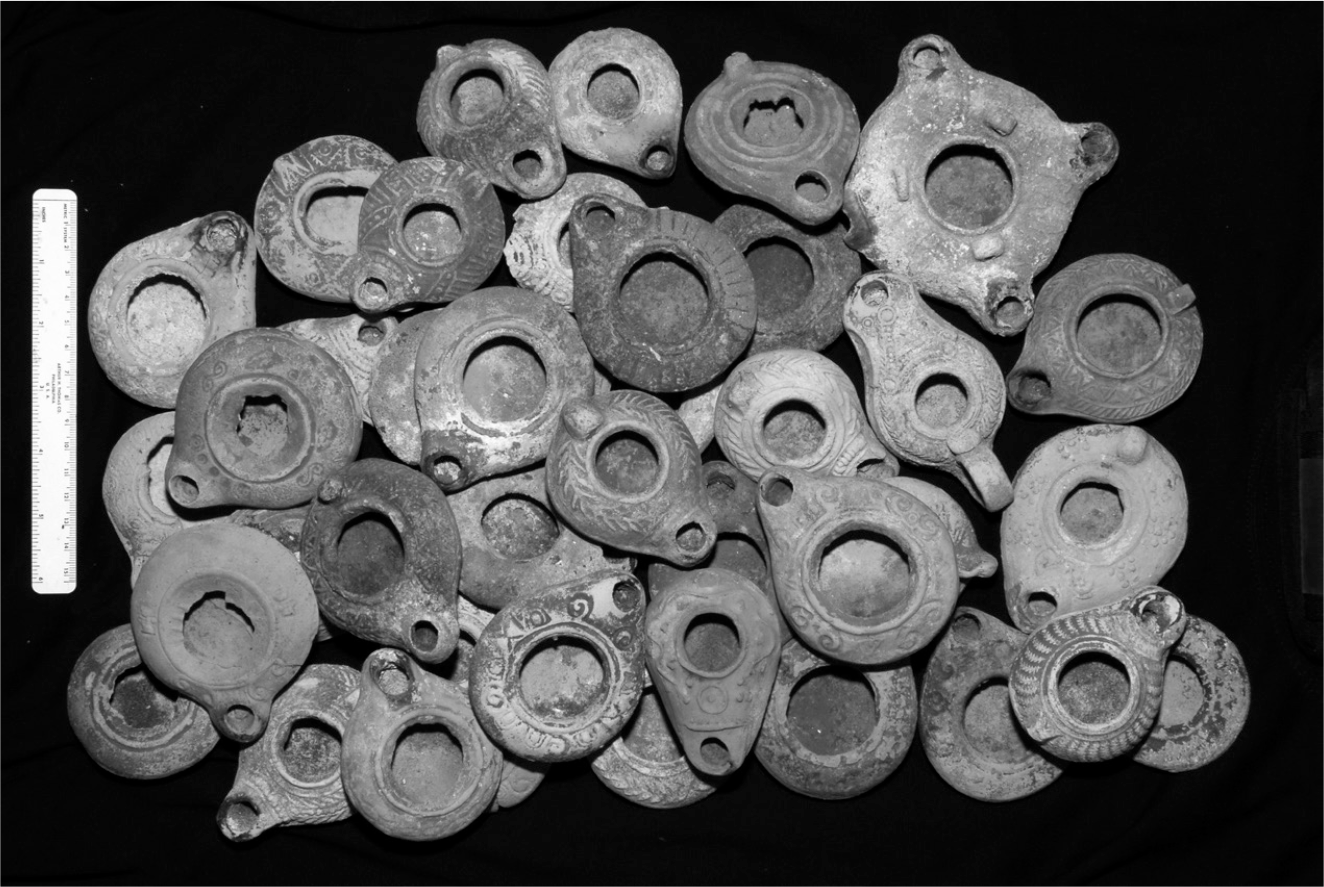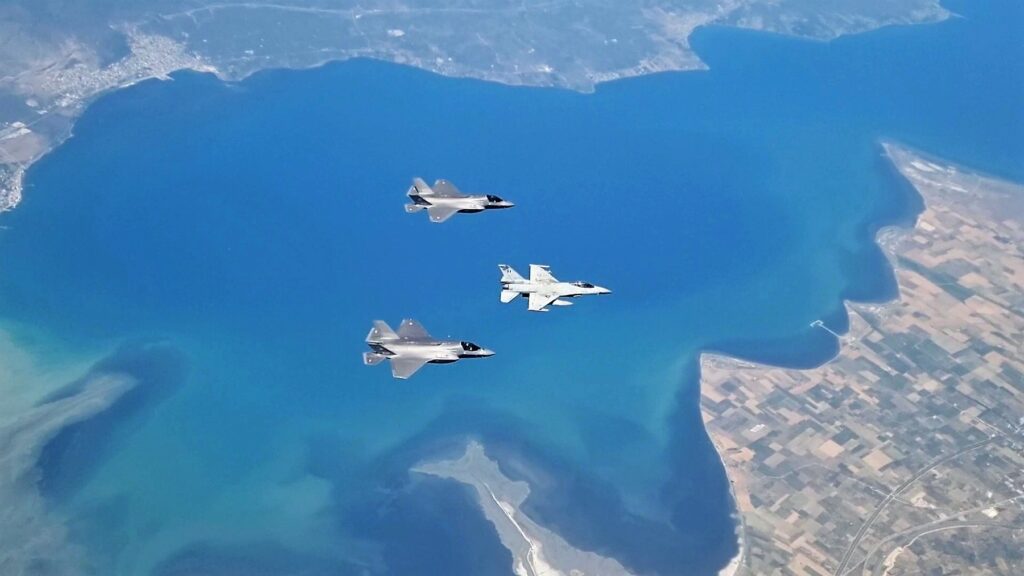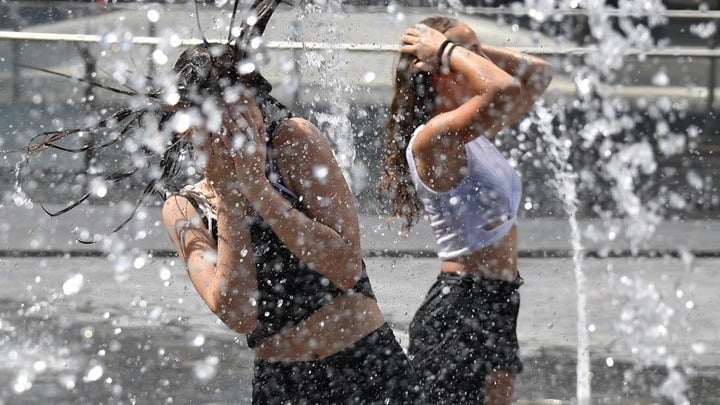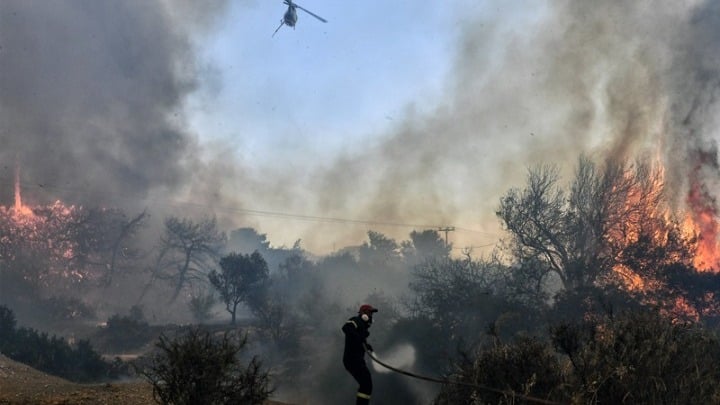
Wildfires are raging in Greece for a third day on Wednesday as a punishing heatwave is engulfing the country.
Hundreds of firefighters are battling the flames at Dervenochoria, west of Athens, which, according to the fire service is the most difficult due to the dense forest vegetation and the inaccessible nature of the area.
The blaze, which broke out on Monday about 30 km north of Athens, spread fast as it was fanned by erratic winds and reached Mandra on Tuesday, burning houses and forcing people to flee.
Not everyone went willingly. Footage released by Greek police showed officers imploring a reluctant group of nuns chanting hymns to evacuate a convent, and another of police screaming “lets go” as towering flames closed in at a timber yard.
Η φωτιά πλησιάζει στο Μοναστήρι, οι μοναχές ψέλνουν & προσεύχονται, ενώ η αστυνομία προσπαθεί να τις πείσει να το εκκενώσουν.
Αλήθεια δεν ξέρω τι να σχολιάσω σε αυτό το απίστευτο βίντεο.#φωτια #Πυρκαγια pic.twitter.com/j4a9F4pjjb— Chris Avramidis (@chris_avramidis) July 18, 2023
The fire at Dervenochoria has damaged homes, while firefighters and the police have had to rescue people in several cases in the region.
The fire in the region of Loutraki, east of Corinth, has yet to be contained.
Evacuation orders were sent out on Tuesday through the 112 emergency system (sms) for residents of ‘Glykia Zoi’ in the Loutraki area to evaucate toward Agii Theodori. In addition, residents of Loutropyrgos, Ano Vlychada, and the communities of Othonas and Eftaxias were asked to head to Elefsina, to avoid the advancing fire.
A large wildfire broke out late on Tuesday on the Greek island of Rhodes. The area where the fire continues to burn is an inaccessible forest area, which makes extinguishing efforts difficult, while, on the positive side, the strength of the winds has significantly weakened.
Four Canadair water-dropping aircraft arrived in Greece from France and Italy to help put out wildfires, following the activation of the EU-wide Civil Protection Mechanism.
Wildfires intensify as heatwave hits Greece
Meteorologists are predicting that temperatures in Greece will reach 44°C (111.2°F) later in the week as an unprecedented heatwave hits southern Europe.
According to the Hellenic National Meteorological Service (EMY), the heatwave will hit the country on Thursday and will culminate on Sunday.
Its forecast says that on Thursday temperatures in continental Greece will reach 42°C and, in some places 43°C, while in eastern Aegean islands and the Dodecanese, the temperature would climb up to 39°C.
From Friday until Sunday, a further rise in temperature is expected. The maximum values will reach 43°C on the mainland and 44°C in areas in the interior of Thessaly and Central Greece. The top temperature for the islands is predicted at 41°C.
The heatwave will ease starting Monday when temperatures are predicted to drop by up to 5°C, with the largest drop expected in the eastern part of the country.
Heatwaves are “the new normal”
The extreme temperatures sweeping the globe this week are the new normal in a world warmed by climate change, the UN weather agency says.
The World Meteorological Organisation warned the heatwave in Europe could continue into August.
Millions around the world are under heat advisories as officials warn of danger to life from the hot temperatures.
This is a developing story





